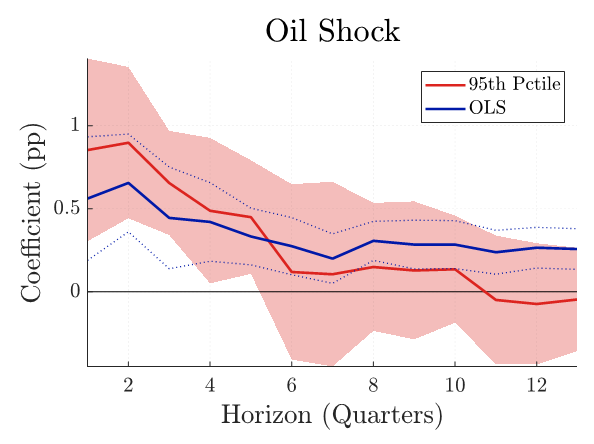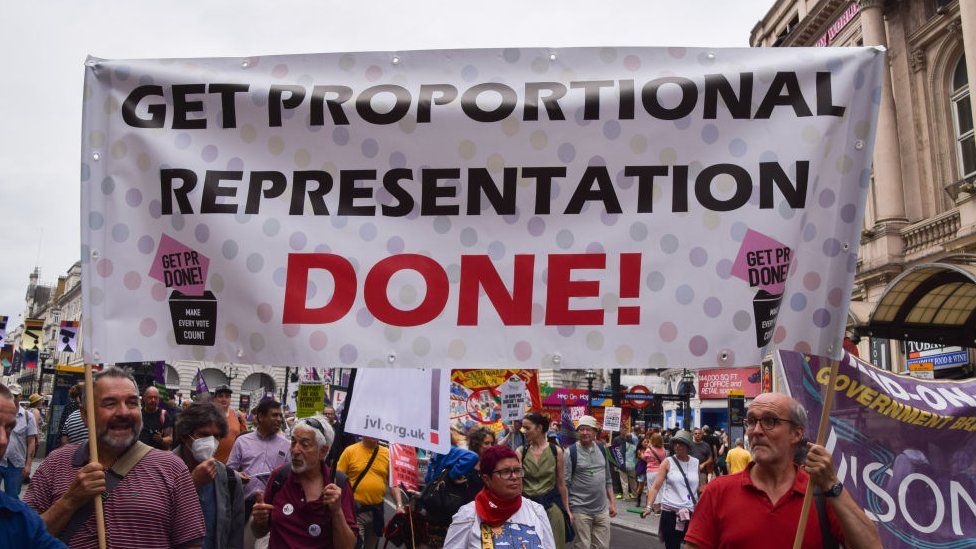Soaring Fuel Costs: The Airline Industry's Response To Oil Supply Shocks

Table of Contents
Fuel Hedging Strategies: Minimizing Risk and Volatility
Fuel hedging is a crucial risk management tool for airlines, allowing them to mitigate the impact of fuel price volatility. It involves using financial instruments to lock in future fuel prices, reducing the uncertainty associated with fluctuating oil markets. This is especially important given that fuel typically accounts for a significant portion (often 20-40%) of an airline's operating costs.
Types of Hedging Strategies:
- Futures Contracts: Airlines buy or sell contracts for a specific quantity of fuel at a predetermined price for delivery on a future date. This provides price certainty, but requires precise forecasting of future fuel needs.
- Options Contracts: These give airlines the right, but not the obligation, to buy or sell fuel at a specific price on or before a certain date. This offers flexibility but at a higher cost than futures contracts.
- Swaps: These involve exchanging fixed-rate payments for floating-rate payments linked to the price of jet fuel. This can smooth out price fluctuations over time.
Advantages and Disadvantages:
| Strategy | Advantages | Disadvantages |
|---|---|---|
| Futures Contracts | Price certainty, relatively low cost | Requires accurate fuel consumption forecasts |
| Options Contracts | Flexibility, protection against price spikes | Higher cost than futures, potential for loss |
| Swaps | Smoother cash flows, reduced price volatility | Complex to implement, requires expertise |
The effectiveness of hedging during recent oil supply shocks has been mixed. While hedging can significantly reduce exposure to extreme price spikes, it cannot eliminate risk entirely. Unexpected geopolitical events or unforeseen supply disruptions can still impact airline profitability.
Operational Efficiency and Cost Reduction Measures
Airlines are actively pursuing operational efficiency measures to reduce fuel consumption and lower their overall operating costs. These strategies are critical for navigating periods of soaring fuel costs and enhancing long-term sustainability.
Strategies to Reduce Fuel Consumption:
- Route Optimization and Flight Planning: Utilizing advanced flight planning software to optimize routes, minimizing distance and fuel burn. This includes considering weather patterns and air traffic congestion.
- Improved Aircraft Maintenance: Ensuring aircraft are maintained to optimal performance standards minimizes drag and maximizes fuel efficiency. Regular checks and proactive maintenance are essential.
- Implementation of New Technologies: Investing in lighter aircraft materials, incorporating aerodynamic improvements in aircraft design, and utilizing advanced engine technologies all contribute to fuel savings.
- Crew Training for Fuel-Efficient Flight Operations: Training pilots and flight crews on fuel-efficient flight techniques can lead to significant reductions in fuel consumption.
Alternative Fuels:
The airline industry is exploring alternative fuels to reduce its carbon footprint and lessen its reliance on fossil fuels.
- Sustainable Aviation Fuel (SAF): SAF is produced from renewable sources, such as used cooking oil and agricultural waste, significantly reducing carbon emissions compared to traditional jet fuel.
- Biofuels: Biofuels offer a potential pathway towards more sustainable aviation, but their scalability and cost-effectiveness remain significant challenges.
The long-term viability of these measures depends on continued investment in research and development, technological advancements, and supportive government policies. The cost savings from improved efficiency directly impact an airline's bottom line, improving profitability and resilience to fuel price fluctuations.
Impact on Airfares and Passenger Demand
The relationship between fuel prices and airfares is direct: higher fuel costs generally translate into higher airfares. Airlines pass on a portion of the increased fuel expense to consumers to maintain profitability.
Impact on Passenger Demand:
Increased airfares due to soaring fuel costs can impact passenger demand, particularly for price-sensitive travelers. This impact is dependent on the price elasticity of demand for air travel; the higher the price elasticity, the greater the reduction in demand.
Strategies to Maintain Passenger Demand:
Airlines employ strategies to mitigate the impact of higher fares on passenger numbers:
- Loyalty Programs: Rewarding frequent flyers with discounts and benefits helps retain customer loyalty even during periods of higher fares.
- Bundled Offers: Offering packages that include baggage fees, seat selection, and in-flight meals can provide perceived value, encouraging bookings.
Understanding passenger behavior and price sensitivity is key for airlines to navigate these challenging times. Careful pricing strategies and targeted marketing campaigns are essential to maintain revenue and occupancy levels.
Government Policies and Industry Support
Government intervention plays a crucial role in helping the airline industry weather the challenges of soaring fuel costs.
Government Support Measures:
- Tax Breaks: Reducing taxes on aviation fuel can directly lower operating costs for airlines.
- Subsidies: Government subsidies for the development and adoption of sustainable aviation fuels can encourage the transition to cleaner, less expensive alternatives.
The effectiveness of government support varies depending on the specific policies implemented and the economic climate. International cooperation on fuel pricing and the development of sustainable alternatives is vital for long-term stability and resilience within the aviation industry.
Conclusion
Soaring fuel costs present significant challenges for the airline industry, impacting profitability and operational efficiency. However, airlines are actively employing various strategies to navigate these difficulties, including fuel hedging to mitigate price volatility, implementing operational efficiency measures to reduce fuel consumption, and adapting pricing strategies to manage passenger demand. Government policies and international cooperation play a significant role in supporting the industry's resilience. Understanding the intricate relationship between soaring fuel costs and the airline industry's responses is crucial. Stay informed about the latest developments in fuel price volatility and the innovative strategies airlines are implementing to overcome these challenges. Further research into sustainable aviation fuels and efficient operational practices is essential for the future of air travel in the face of fluctuating oil supply. Keywords: Soaring fuel costs, oil supply shocks, aviation fuel, sustainable aviation fuel, airline industry resilience.

Featured Posts
-
 Westbrook Leads Nuggets In Happy Birthday Song For Jokic
May 04, 2025
Westbrook Leads Nuggets In Happy Birthday Song For Jokic
May 04, 2025 -
 Nigel Farages Savile Slogan Reform Party Sparks Internet Outrage
May 04, 2025
Nigel Farages Savile Slogan Reform Party Sparks Internet Outrage
May 04, 2025 -
 Nhl Com Interview Wolf Discusses Calgary Flames Season Playoff Outlook And Calder Trophy Potential
May 04, 2025
Nhl Com Interview Wolf Discusses Calgary Flames Season Playoff Outlook And Calder Trophy Potential
May 04, 2025 -
 Will The Oilers Bounce Back A Morning Coffee Hockey Analysis
May 04, 2025
Will The Oilers Bounce Back A Morning Coffee Hockey Analysis
May 04, 2025 -
 Lion Storage Completes Financing For 1 4 G Wh Bess Project In Netherlands
May 04, 2025
Lion Storage Completes Financing For 1 4 G Wh Bess Project In Netherlands
May 04, 2025
